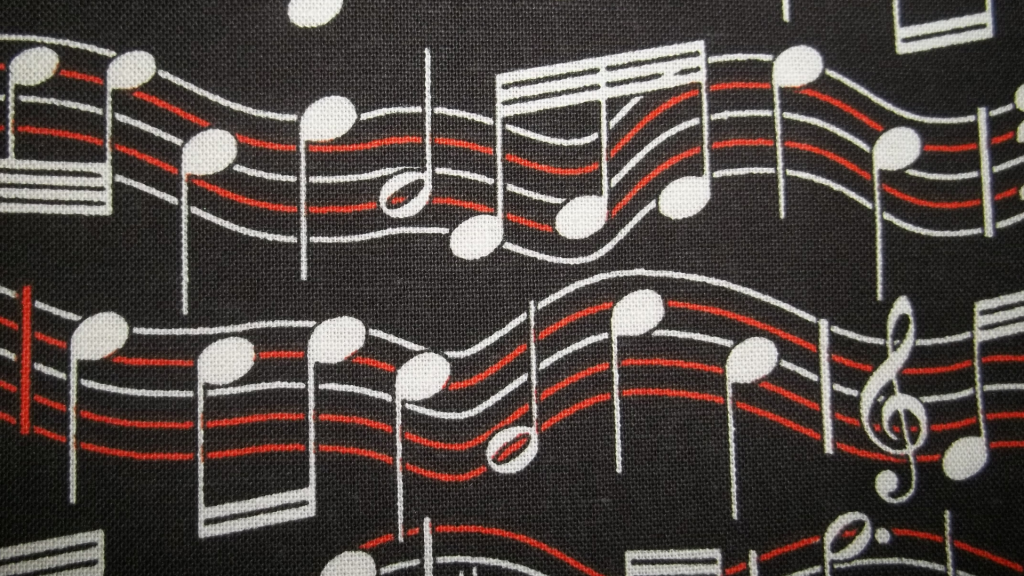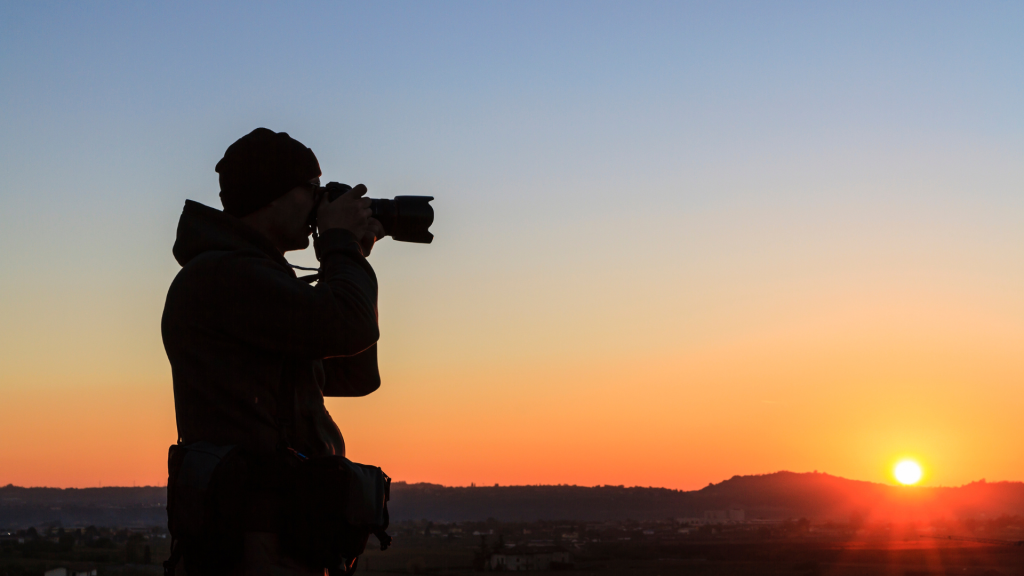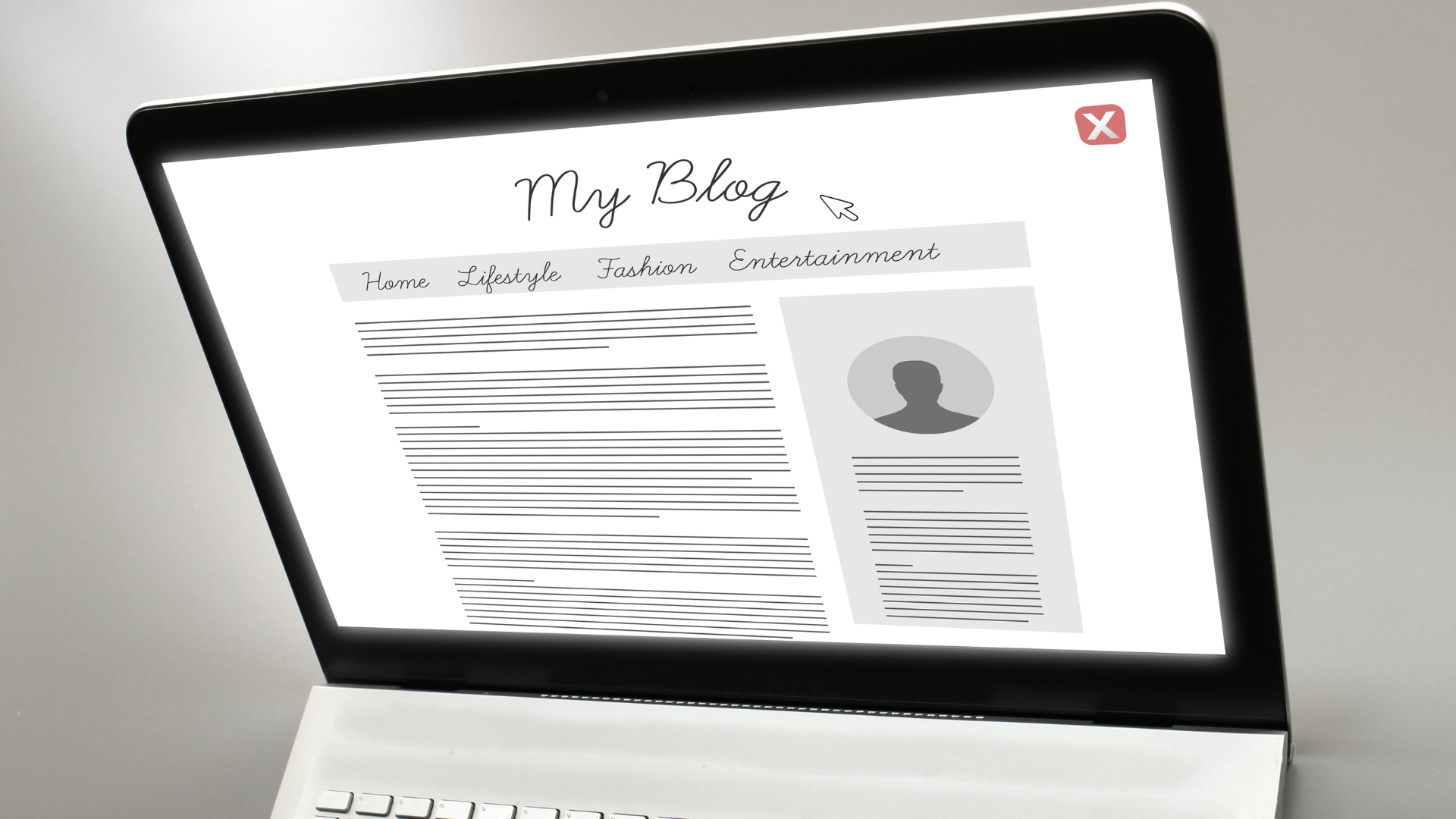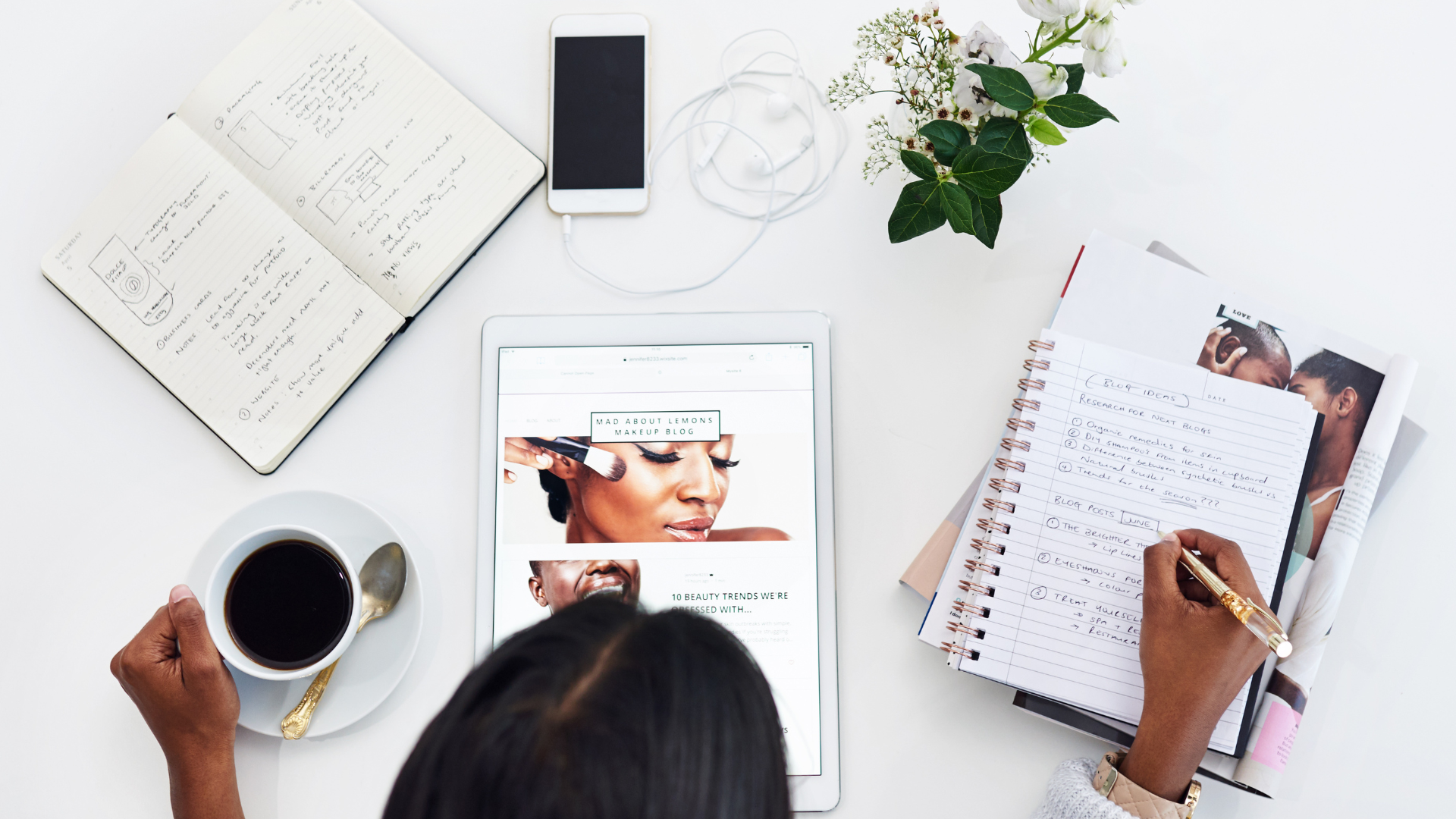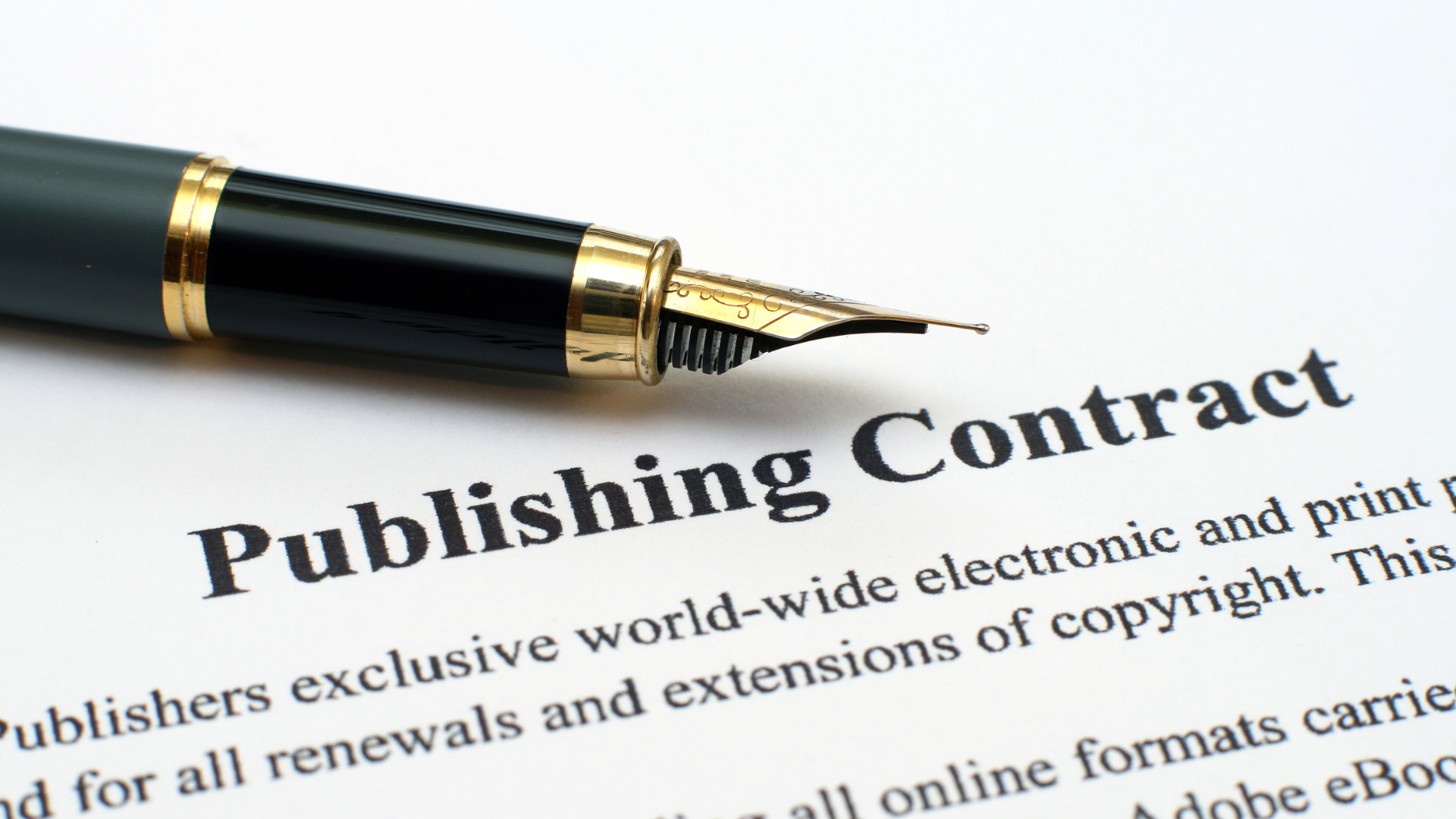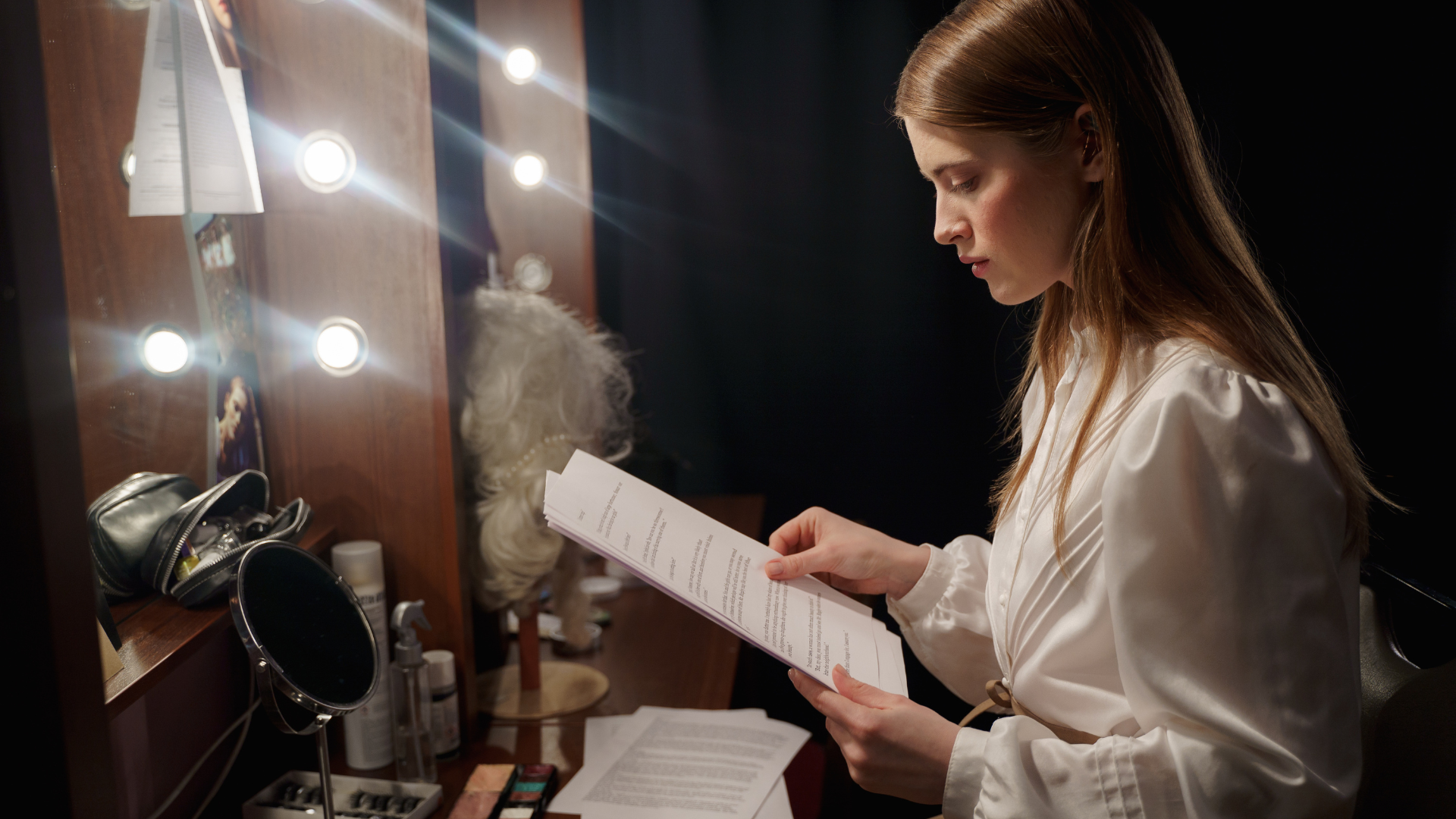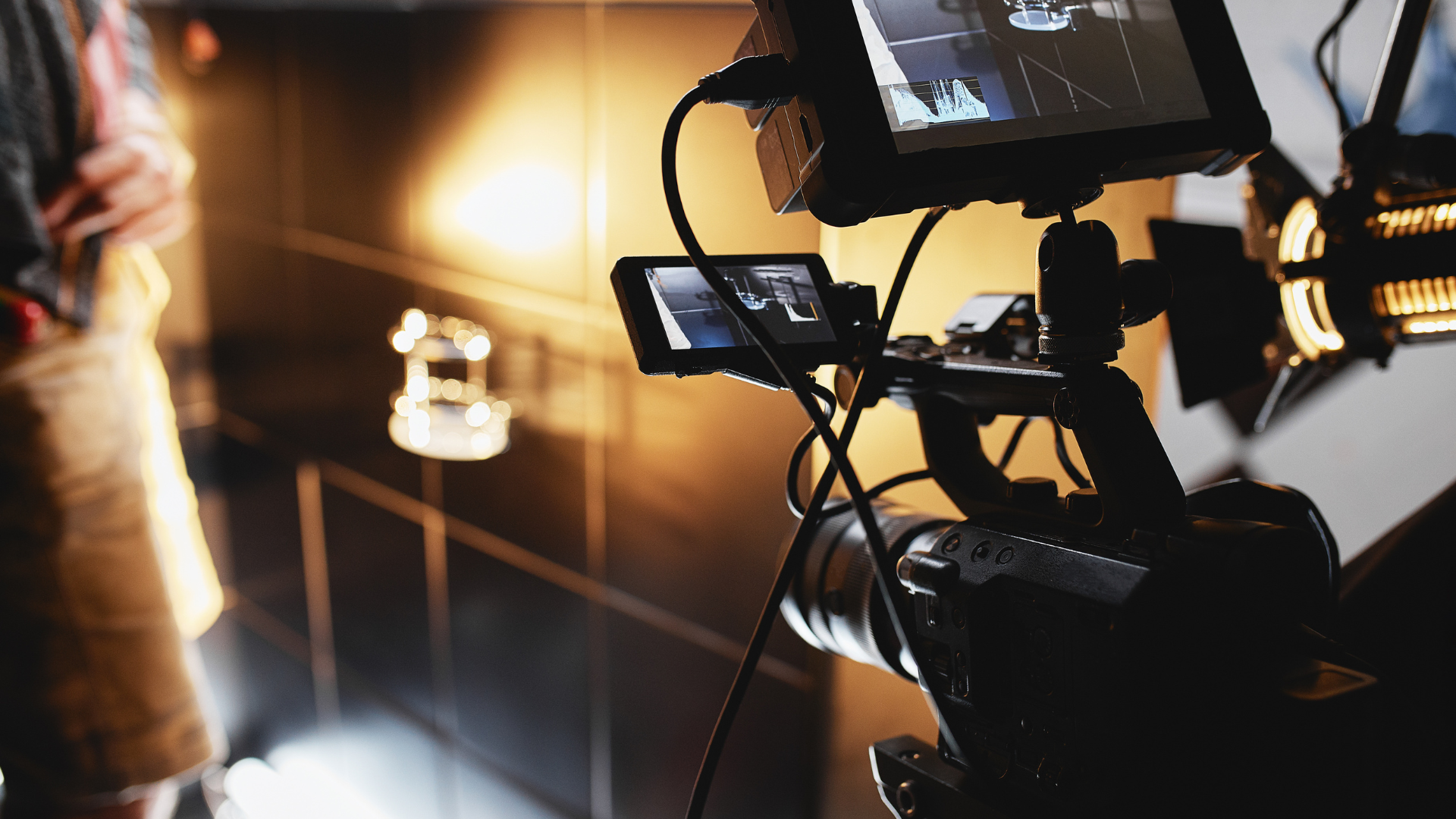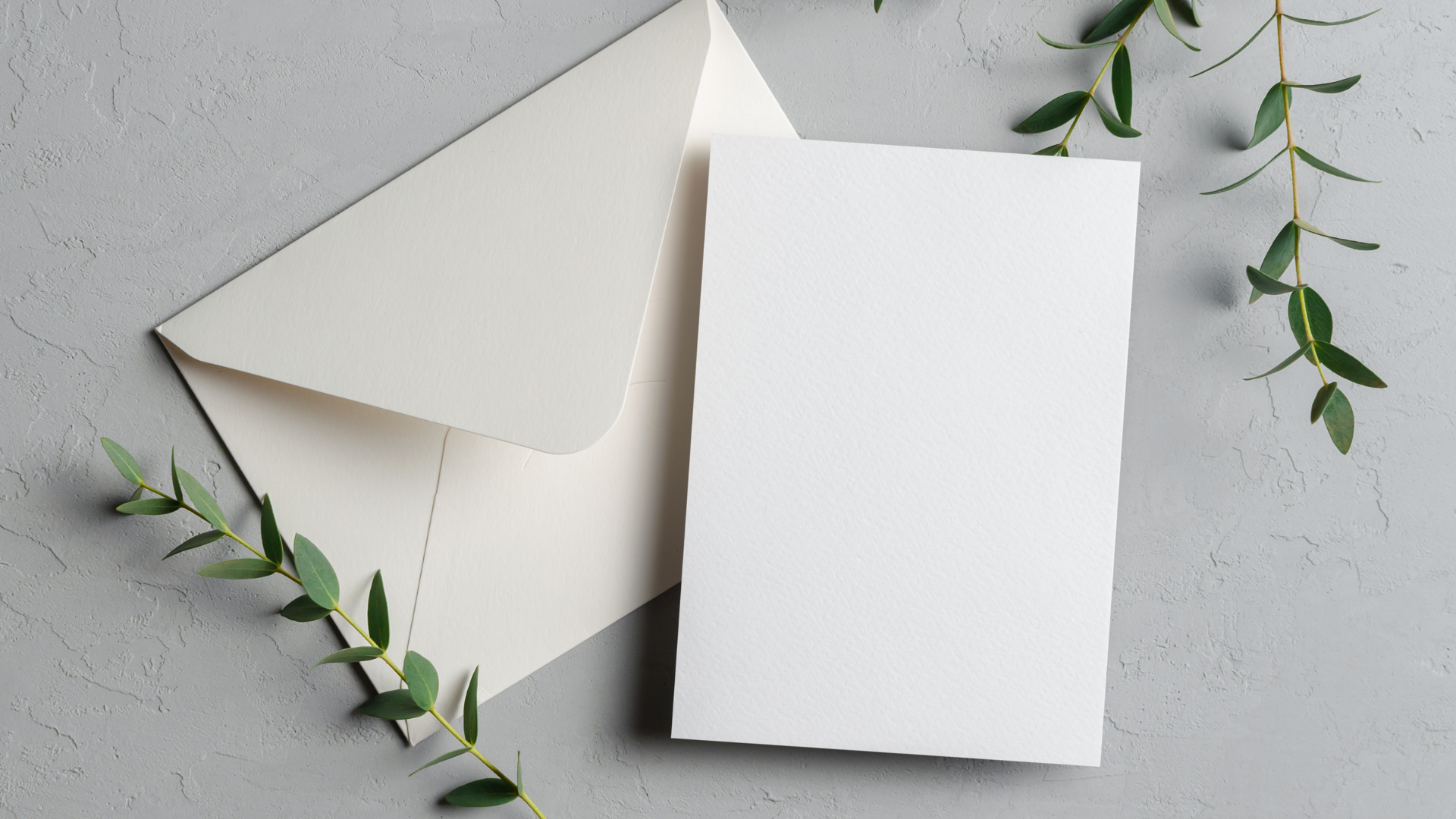Music is an art form that has evolved since the beginning of time. It’s ever-changing and unpredictable, constantly adapting to new styles and trends. From classical to rock, jazz to hip-hop, music genres have come a long way over the years. And while some may argue that their favorite style of music is superior, there’s no denying that each genre has its unique flavor and place in history. In this blog post, we’ll explore the evolution of music genres, how they’re born and adapted to changing times, and what makes them stand out. So sit back, relax, and prepare for a journey through the fascinating world of music!
What is a Genre?
Genres are a way of identifying and grouping music. They can be thought of as a way of organizing and describing music. There are many genres, but not all genres are created equal. Some genres, like country music, have an identifiable style. Other genres, like funk, can be more open-ended and vary in style from album to album. The evolution of music genres is a fascinating topic studied for years. This article will discuss how genres form and change over time. We will also look at some newer genre trends and what they mean for the future of music.
How do Genres Form?
Music genres form as new styles are born, and old styles adapt. Genres can be classified by their musical characteristics, which can help us understand the development of music. One way to classify music is by its mode or mood. Classical music is typically composed in a grand, formal style with themes that evoke feelings of awe and respect. Romantic music, however, is often emotional and romantic, focusing on feelings such as love and nostalgia. Blues and jazz are popular American music forms often characterized by blues sound and improvisation. Other ways to categorize music include tempo (slow or fast), instrumentation (vocal only, vocal and acoustic guitar, etc.), and lyrical content (happy songs about going to the beach vs. sad songs about failed relationships).
Genres can also be classified according to their popularity. Some genres, like country music, are more prevalent in some parts of the world than others. Other genres, like hip-hop or rockabilly, are more prevalent in certain age groups or with specific demographics.
The History of Rock and Roll
Rock and roll are one of the world’s oldest music genres, dating back to the early 1900s. Rock and roll is a music style with energetic, electric sounds. Over the years, however, this genre has undergone many transformations, creating some of the most popular types of music today. In the early days of rock and roll, performers primarily played blues and country music. However, as this genre became more popular, artists began experimenting with new sounds and styles. This led to the creation of rockabilly and rhythm & blues, two styles that are still popular today. In addition, during the 1960s and 1970s, rockers began experimenting with psychedelic sounds and movements such as folk rock and heavy metal. As a result, these genres are now widely recognized as part of rock and roll history.
Overall, there have been many significant changes throughout history that have shaped modern rock and roll. While it may be difficult to predict which new styles will become popular, there’s no doubt that this genre will continue to evolve for years to come.
The Birth of Hip Hop
The birth of hip hop can be traced back to the late 1970s and early 1980s in New York City. At this time, DJs were using turntables to mix different genres of music. They would take soul music, for example, and mix it with funk or disco records. This mixture gave rise to what we now know as hip-hop.
Hip-hop quickly became popular among young people in New York City. The fast-paced, energetic music appealed to the city’s street culture. In 1982, DJ Kool Herc started playing records designed for parties and dancing. This led to the creation of break dancing, which is now an essential part of hip-hop culture. Over the next several years, more DJs started mixing different types of music. This led to new hip-hop styles, such as electro-hop and hardcore rap.
As these styles gained popularity, other musicians began incorporating them into their compositions. Eventually, all sorts of different types of hip-hop were created.
The Evolution of EDM
In recent years, the electronic music genre has seen immense change. The evolution of EDM has seen new styles born and old styles adapt to the changing industry landscape.
The history of EDM can be traced back to the early 1990s when DJs started mixing contemporary pop and rock songs into their sets. This fusion was soon popularized by figures like Paul Oakenfold and Sasha and Digweed, who helped pioneer the psytrance world. In 1996, Juan Atkins released “808 State,” which helped popularize techno. As time went on, EDM continued to grow in popularity. In 2007, Swedish DJ Avicii released his hit single “Levels.” This track helped usher in the era of big-room house music, which became hugely popular thanks to artists like Tiësto and Calvin Harris.
Today, there are innumerable subgenres of EDM available for listeners to explore. Some popular genres include Trap, Future Bass, Dubstep, House, Progressive House, Drum ‘n’ Bass, Electro Swing, Techno Pop, and more. As the industry continues to evolve at an unprecedented rate, it’s clear that EDM is here to stay!
The music we listen to changes as the world around us changes. Styles come and go, but some constants always remain: humans love to dance, sing, and express themselves through song. This article explores how new techniques are born and old styles adapt to stay afloat in a constantly-changing industry. From disco to rock ‘n’ roll to hip-hop and beyond, each genre has undergone drastic changes over time – but always with an aim at making people feel good. So whether you’re looking for your next musical obsession or want to learn more about what’s happening in the music world today, read on!



